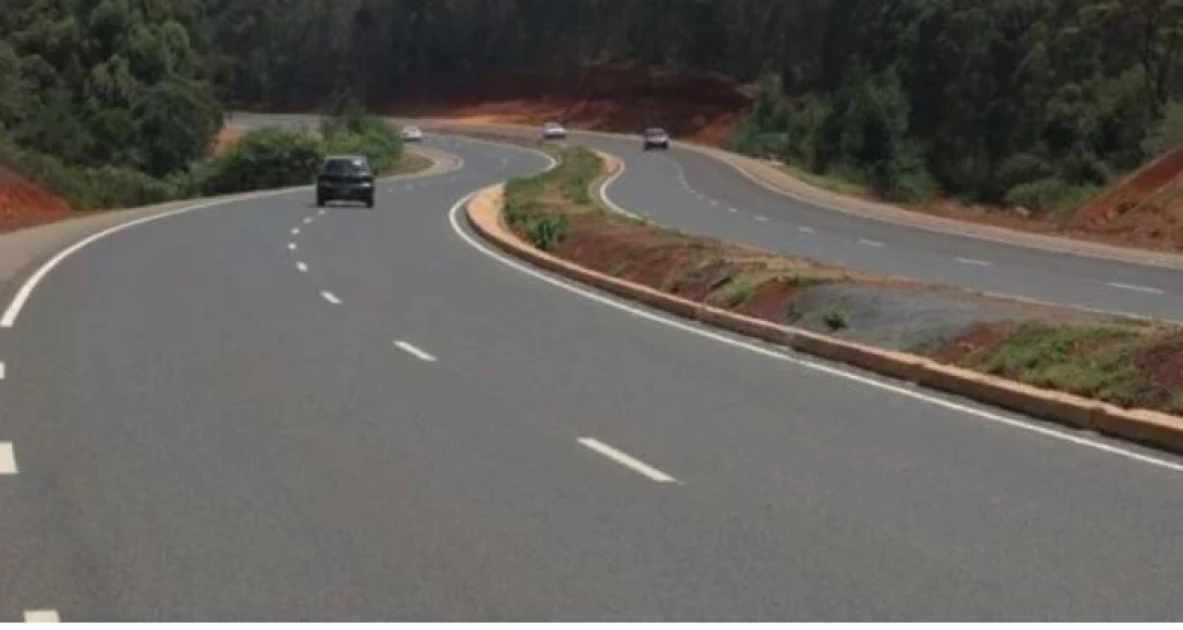Gov't clarifies Rironi–Nakuru PPP deal, says tolling will be fully state-regulated

In a media statement issued on Sunday, the Directorate of Public Private Partnerships (PPP) sought to dispel public concerns surrounding the project’s financing and ownership structure.

Audio By Vocalize
In a media statement issued on Sunday, the Directorate of Public Private Partnerships (PPP) sought to dispel public concerns surrounding the project’s financing and ownership structure.
The Directorate clarified that the involvement of the China Road and Bridge Corporation (CRBC) and the National Social Security Fund (NSSF) does not amount to privatisation, but rather represents a financing framework designed to ease pressure on the national budget and limit additional debt exposure.
PPP Director-General Eng. Kefa Seda said public debate had misconstrued the project’s intent, reiterating that ownership of the 233-kilometre highway remains firmly with the Republic of Kenya.
“This highway is a strategic national asset and remains under full ownership and jurisdiction of the Government of Kenya,” Eng. Seda said. “The PPP model allows private players to finance and maintain infrastructure for a defined period, but overall control, regulation, and policy direction remain with the State.”
The Directorate noted that fiscal pressures have made PPPs an essential tool in sustaining infrastructure development. Kenya’s debt-to-GDP ratio, which peaked at 78 percent in recent years, currently stands at about 64 percent. The government aims to reduce this further to 55 percent by 2028 through fiscal consolidation.
Eng. Seda explained that the country’s road sector alone requires an estimated KSh 4 trillion over the next decade—an amount unattainable through tax revenues or traditional borrowing.
“The choice is not between PPP and public ownership. It’s between having the road now under a sustainable model or waiting indefinitely due to fiscal constraints,” he said.
Under the model, the private partner will finance, construct, operate, and maintain the highway for a 30-year concession period, recovering costs through State-approved tolls.
According to the draft National Tolling Policy 2025, toll revenues will be ring-fenced for use on the same corridor—funding maintenance, lighting, security patrols, and emergency response. The policy also provides for revenue sharing, ensuring that excess proceeds beyond projected traffic volumes revert to the government.
“Tolling is not a tax; it is a user-pay mechanism,” Eng. Seda said. “Every shilling collected will go back into improving the journey—making it safer, faster, and more predictable.”
He added that the State will consider exemptions or preferential rates for local residents and essential services such as ambulances, police, and military vehicles.
The PPP Directorate emphasised that oversight will remain under multiple State agencies, including the National Treasury, the State Department for Roads, and the Kenya National Highways Authority (KeNHA).
“The government retains step-in rights,” said Eng. Seda. “If the private operator fails to meet agreed standards, the State can intervene to ensure uninterrupted service delivery.”
The Directorate also dismissed claims of regional or foreign bias, noting that the project is part of a national PPP pipeline that spans major transport corridors in the Coast, Rift Valley, Central, Eastern, and Western regions.
Currently, KeNHA has been authorised to negotiate with the preferred bidder, but no final award has been issued. Eng. Seda assured that once negotiations conclude, all project details—including toll rates, concession terms, and revenue-sharing frameworks—will be published in line with the PPP Act, 2021.
“Nothing will be done in secrecy,” he said. “The final agreement will be subject to parliamentary scrutiny and public oversight.”
The Rironi–Nakuru–Mau Summit Highway, which handles nearly 40 percent of Kenya’s trade traffic, is a key transport artery linking Nairobi to the Rift Valley, Western Kenya, and the Great Lakes region. Upgrading the corridor, Eng. Seda noted, is not merely an infrastructure project but a strategic economic intervention aimed at reducing accidents, cutting travel times, and boosting trade competitiveness.
“This project supports our national growth agenda, enhances regional connectivity, and reinforces our commitment to safer, more efficient transport,” he said.


Leave a Comment